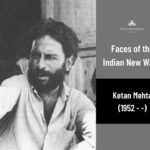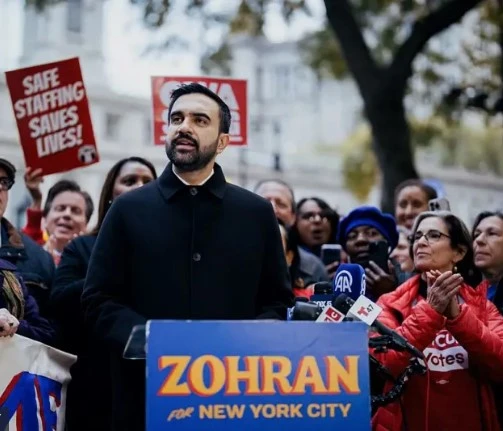The film heritage Foundation
Born in Navsari, Gujarat, in 1952, filmmaker Ketan Mehta did his schooling in Delhi and then graduated in film direction from the Film and Television Institute of India, (FTII), Pune. As a child he would watch plays with his father, a litterateur and a professor of Gujarati, who was also the head of the dramatics department at Bharatiya Vidya Bhavan. He believes that was probably how he was bitten by the bug of theatre and acting. In college he did plays under the tutelage of B.V. Karanth at Delhi University. Immediately after he graduated from FTII, he and a few of his colleagues were hired by Indian Space Research Organization (ISRO) to make a teleseries for the rural audience. He said about this experience, “I joined as a television producer. It was an incredible experience as we had complete freedom of expression. We travelled across Gujarat with our equipment, meeting people and developing programmes. That is how I got the firsthand experience and the idea for my first film Bhavni Bhavai, which germinated from a traditional folk theatre form of Gujarat and the atrocities that untouchables faced back then.”
He took a loan of Rs. 3.5 lakhs from the Film Finance Corporation for his debut feature “Bhavni Bhavai” (1980) a black comedy that was widely acclaimed and is considered a landmark of Gujarati cinema. The film starred Naseruddin Shah, Om Puri, Smita Patil, Benjamin Gilani and Mohan Gokhale and dealt with the social eveil of untouchability. A review in Variety described the film as “a delightful didactic fable with sharp Brechtian influences that work on practically all levels.” As a matter of fact, Mehta dedicated the film to Brecht and to Asaita Thakar who developed the Bhavai form. Naseeruddin Shah wrote in his memoir, “Ketan’s vision for the acting in the film was that it should be like the behavior of the characters in the Asterix comics.” Mehta said that he chose the popular Bhavai form (a folk theatre form native to Gujarat) so that the people for whom he had made the film could understand it. The film won two National Awards and was awarded at the Three Continents Festival in Nantes, France.
His next film “Holi” (1984) was based on Mahesh Elkunchwar’s play of the same name. The film is set on a college campus and explores the angst and frustration of the college students. Apart from starring Naseeruddin Shah, Om Puri, Deepti Naval and Paresh Rawal, all of whom are stellar, the movie launched the careers of several raring young actors, including a loutish Aamir Khan (credited as Aamir Hussain) in his first adult role, Neeraj Vora, Ashutosh Gowariker, Amole Gupte and Raj Zutshi, and Kitu Gidwani as Khan’s girlfriend. Jehangir Choudhary won the National Award for Cinematography for the film.
His third film “Mirch Masala” (1987) based upon a short story by Chunilal Madia is set in the early 1940s. Mehta said, “The film is about polarisation, about how events manage to polarise ideas and crystallise them. It is also about an individual against the social structure, in which he or she lives, and how they can be in conflict with each other. It is also about solidarity and submission. I suppose the crux of the film is that it is about freedom and the struggle for it.” Actor Suresh Oberoi won a National Award for Best Supporting Actor for his performance in the film. The film was also nominated for the Golden Prize at the 15th Moscow International Film Festival.
![]()




